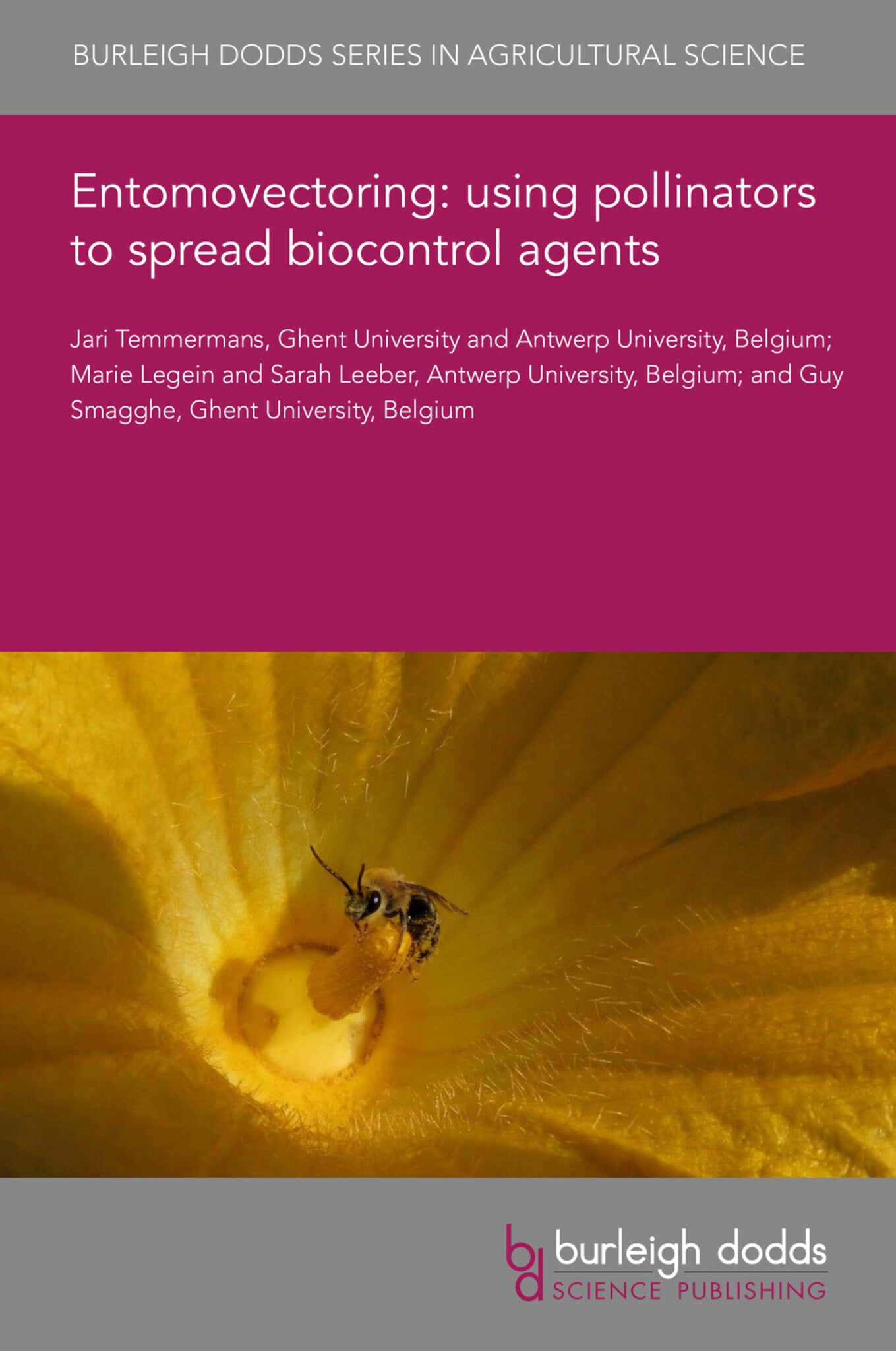We're sorry. An error has occurred
Please cancel or retry.
Entomovectoring: using pollinators to spread biocontrol agents

Some error occured while loading the Quick View. Please close the Quick View and try reloading the page.
Couldn't load pickup availability
- Format:
-
19 December 2022

In this chapter, we review the most important factors for successful entomovectoring. Several previous applications of the entomovectoring technology using two commercially used bumblebee species, Bombus terrestris and Bombus impatiens, will be discussed. Finally, we will present a case study focusing on vectoring of bacterial BCAs using bumblebees to combat Botrytis cinerea, the causal agent of gray mold, a commonly feared plant pathogen on strawberry.

SCIENCE / Life Sciences / Zoology / Entomology, Apiculture (beekeeping), TECHNOLOGY & ENGINEERING / Agriculture / Agronomy / Crop Science, TECHNOLOGY & ENGINEERING / Agriculture / Sustainable Agriculture, TECHNOLOGY & ENGINEERING / Pest Control, Sustainable agriculture, Agricultural science, Agronomy and crop production, Pest control / plant diseases

- 1 Introduction
- 2 Factors important for successful entomovectoring
- 3 Examples of bumblebees as vectors for entomovectoring: successes and failures
- 4 Case study: entomovectoring of bacteria by Bombus terrestris against Botrytis cinerea in strawberry
- 5 Conclusion and future trends
- 6 Where to look for further information
- 7 References



